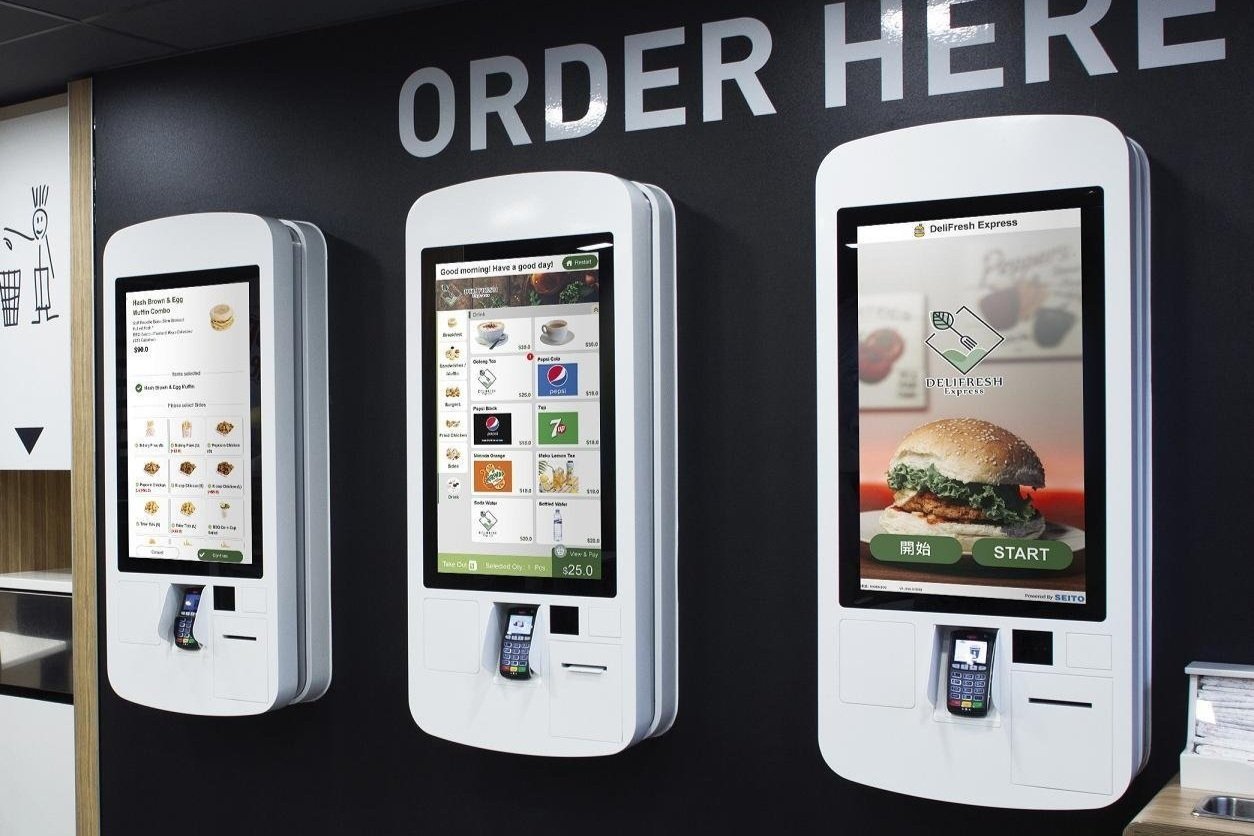The Truth About Self-Ordering Kiosks
Are self-ordering kiosks the answer to all our problems?
As wage costs increase and good staff are becoming harder to find, restaurant operators are leaning towards technology to try and help.
Self-ordering kiosks are popping up everywhere, but are they really the panacea that everyone expects them to be?
As a hospitality consultant it’s a question I get asked frequently, and to answer it reasonably, I try and get my clients to thoroughly consider the reality of such a big change to the way they operate their business before they decide.
Below is a list of my top seven considerations to fully understand before you make before you take the plunge.
1. What about hospitality?
Perhaps the biggest question we should all be asking ourselves is how will a kiosk affect our ability to deliver good-quality hospitality and an amazing customer experience?
Great hospitality comes from interacting with your customers by greeting them warmly, helping them with their orders, making them feel special, building a connection and getting their feedback.
Putting all this in the hands of a machine is impossible and a huge risk for any business.
2. How will it impact staff costs?
On the surface of it, adding a kiosk will eliminate the need for a cashier or a front-of-house team member, but this overlooks the fact that a cashier is often doing a multitude of other tasks too, such as expediting orders, cleaning up, assisting customers and helping elsewhere during quiet times.
The reality is, that most operators have not been able to meaningfully reduce their rosters after installing a kiosk.
3. Kiosks aren’t free.
While the cost of running a kiosk is a lot less than the cost of a staff member, most off-the-shelf solutions will charge you a commission on sales and/or a monthly fee. If you’re not reducing your roster, adding a kiosk will in fact increase your costs.
You may find also that some kiosk contracts have quite lengthy terms, so if you find it’s not the right solution for your business once you’ve committed, you may be financially on the hook for quite some time.
4. Will it streamline your business or reduce wait times?
Kiosk suppliers will tell you that kiosks will streamline your customer ordering and this will in turn reduce wait times and increase revenue.
In my experience, this is seldom the case.
The reality is, when customers are standing in line waiting to order from a person, they usually scan the menu and more or less know what they want to order when they get to the front of the line. In the case of kiosks, they will usually use the kiosk as a menu thus extending the transaction time.
Further to this, a lack of familiarity with the kiosk and the menu by some customers will slow the transaction time down.
If you are successful in streamlining the ordering process and reducing wait times, you may actually just be moving this bottleneck to the kitchen. No matter how efficient they are, kitchens have a maximum capacity, and if the dockets start backing up you’ll create a bad customer experience.
5. What happens if there’s an outage?
No technology is 100% reliable, and if you’re investing in cheaper solutions, they’re likely to be even less reliable. What are you going to do if the system breaks down?
It happens! Only a matter of weeks ago, I passed by a burger restaurant with four self-ordering kiosks, all of which were out of order. That business wasn’t able to trade over a busy lunchtime, and who knows when their kiosks were back online.
6. Are they right for your customers?
A study carried out by revenue management consultants LCC showed that 41% of consumers preferred to order from a kiosk rather than a person.
This preference however was heavily skewed towards younger consumers with 67% of Gen Zs and 58% of Millennials preferring automated ordering, however, only 37% of Gen Xs and 17% of Baby Boomers expressed this same preference.
7. How good is the user experience?
Most self-ordering kiosks are off-the-shelf solutions that allow a small amount of customisation. In some cases, this one-size-fits-all approach can mean that the system cannot be perfectly customised to suit the particular needs of your business.
In addition to this, you often get what you pay for. Cheaper technology and hardware will often be at the cost of the customer experience.
Kiosks can be the answer . . .sometimes.
While in my view, self-ordering kiosks are currently the wrong solution for many restaurants, there are clearly exceptions to the rule.
McDonald’s and various other global QSRs are great examples of this, and we know these businesses wouldn’t have embraced this technology without doing their homework.
They’ve been able to make this change to their business due to the fact that:
Most customers are familiar with the menu and know what they want before they get there.
They’ve invested a fortune to develop the perfect technology platform and user experience.
Their restaurants previously ran multiple cashiers, so they were able to significantly reduce their roster while still retaining a smaller team to expedite orders and deal with customers directly.
McDonald's already had incredibly efficient kitchens that could deal with increased customer ordering speeds.
Summary
Self-ordering kiosks are most definitely not the answer to all of our prayers, but they can certainly be the right solution for some. The most important thing is to make sure you consider it carefully from all angles to see if it’s right for you.
One thing we can be sure of is that customer expectations will evolve and the technology will keep on advancing quickly. My prediction is we will soon get to a point where most of the downsides are mitigated, and that may open up even more interesting opportunities and behaviours we can’t yet predict.
